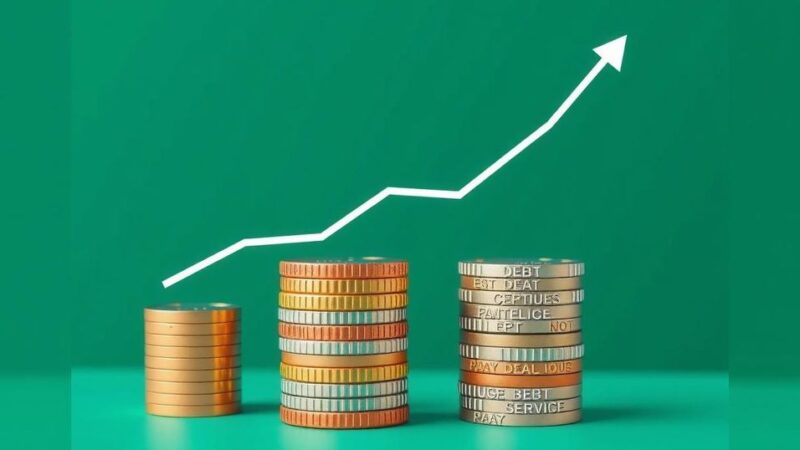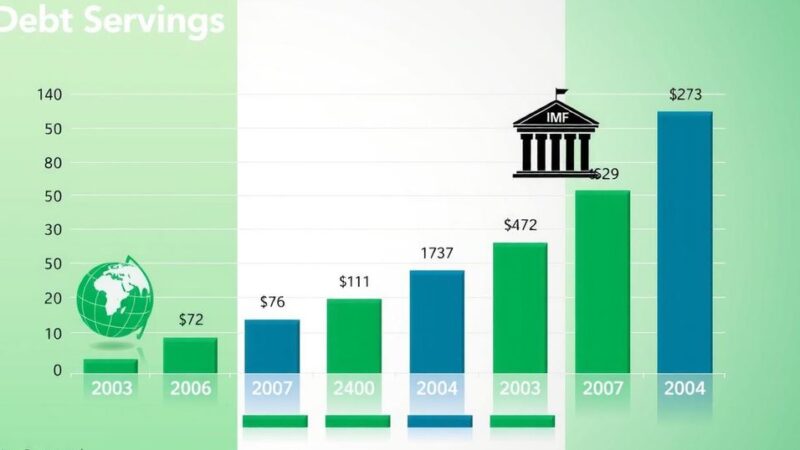Guyana is diversifying its economy by utilizing its abundant natural resources and agriculture potential. Key strategies focus on maximizing local value-added processing, expanding agricultural production, and fostering domestic supply chains. Emphasis on sustainable practices and innovative uses of by-products aims to enhance overall economic growth and reduce reliance on imports.
Guyana is seeking to diversify its economy by capitalizing on its rich natural resources and agricultural capabilities. Two guiding principles include maximizing value-added opportunities within the natural resource and agriculture sectors and fostering local supply chains to enhance domestic input into final products. By focusing on these principles, Guyana aims to retain more value within its economy.
In the mining sector, Guyana produces gold, bauxite, and manganese, yet mainly exports these raw materials for overseas processing. With the introduction of affordable and reliable energy, there is potential to process gold domestically, eliminating the need for raw gold exports. This could be complemented by promoting unique locally designed jewelry, thereby enhancing national income through value-added products.
For bauxite, local production of alumina and aluminum smelting could establish a vertically integrated aluminum industry, significantly increasing the value derived from bauxite reserves. Manganese ore can be transformed into high-value products like ferromanganese, crucial for steel manufacturing and battery production, thus further enhancing the economy.
Notably, Guyana’s high purity silica sand deposits offer opportunities for developing a local glass industry, particularly glass containers. Given the rising global demand as alternatives to plastics, this initiative could cater to regional and international markets. High-quality silica can also support advanced applications, such as producing optical fiber and photovoltaic cells, aligning with the global push for sustainable materials.
The forestry sector presents opportunities to produce furniture and building materials while minimizing raw log exports. Promoting wooden goods for local and international markets and utilizing non-wood products for furniture could bolster the industry. Efforts to produce balata-derived goods have previously yielded success, showcasing innovation within the sector.
Additionally, the potential conversion of sawmilling waste into energy showcases a sustainable approach to managing waste and reducing costs in energy consumption. The agriculture sector can also benefit from employing rice husks for powering processing facilities, thereby affirming a commitment to sustainability while capitalizing on waste products.
The Demerara Distilleries Company is planning to establish a major dairy farm, necessitating a strategy for managing animal waste effectively. Utilizing biogas from organic waste could power its operations while producing nutrient-rich organic fertilizer for the agricultural sector, thus presenting opportunities for innovation and environmental sustainability.
Regarding the local supply chain, efforts should focus on developing local chicken production capabilities while ensuring that feed incorporates locally sourced produce. Improving local spice production for curry powder offers further opportunities to integrate local ingredients, minimizing dependence on imports and benefiting local farmers.
Furthermore, the emerging market for essential oils derived from spices such as ginger and turmeric presents valuable economic prospects. Guyana’s diverse climate is conducive to these crops’ cultivation, indicating that tapping into this market could yield significant financial returns.
In summary, building an inclusive national effort involving the government, academia, civil society, and the private sector is vital for reshaping Guyana’s economy into a thriving entity. The foundations laid through the strategic utilization of natural resources, a commitment to local production, and combatting the threats of “Dutch Disease” will be essential for the well-being of all Guyanese citizens.
In conclusion, Guyana’s economic diversification strategy underscores the importance of harnessing local resources and value-added processes. By focusing on domestic production in agriculture and natural resources, alongside exploring innovative approaches within various sectors, Guyana can achieve sustainable economic growth. The collaboration among stakeholders is crucial in transforming the economy, ensuring a higher quality of life for its citizens.
Original Source: www.stabroeknews.com






